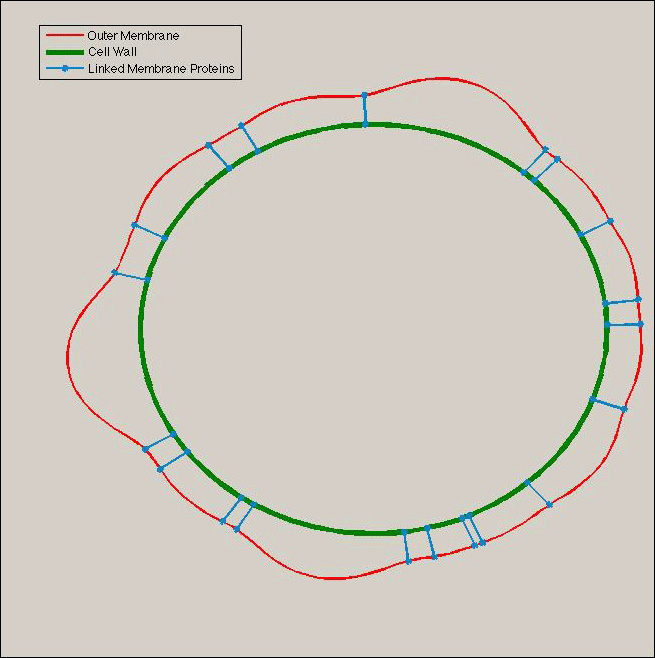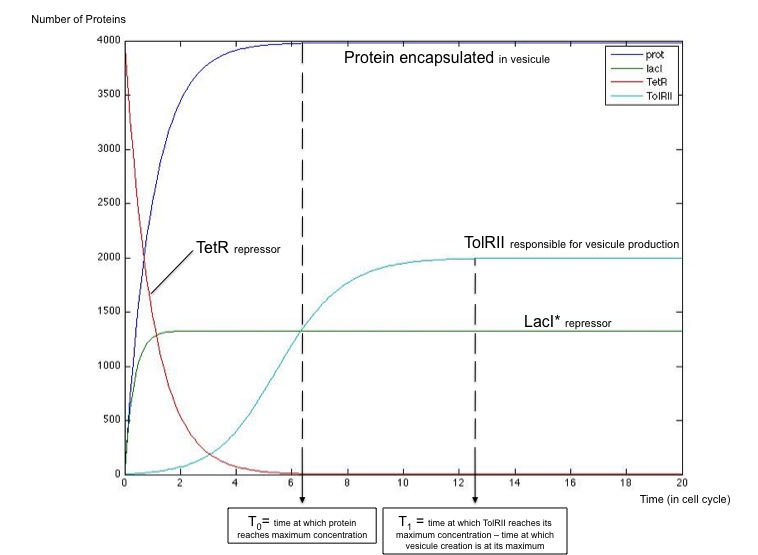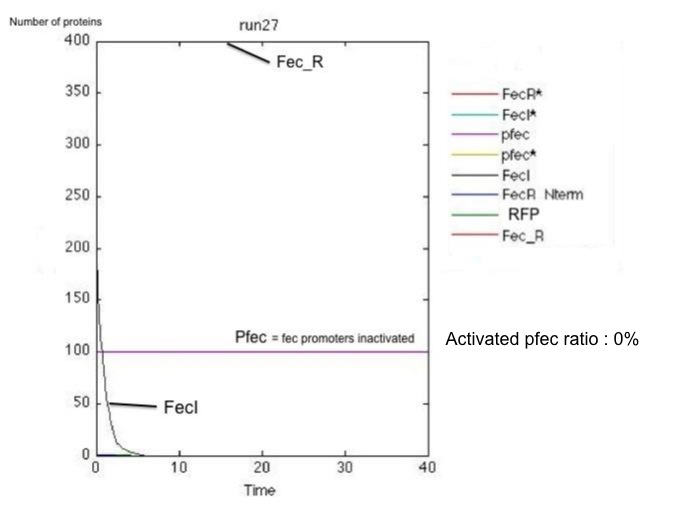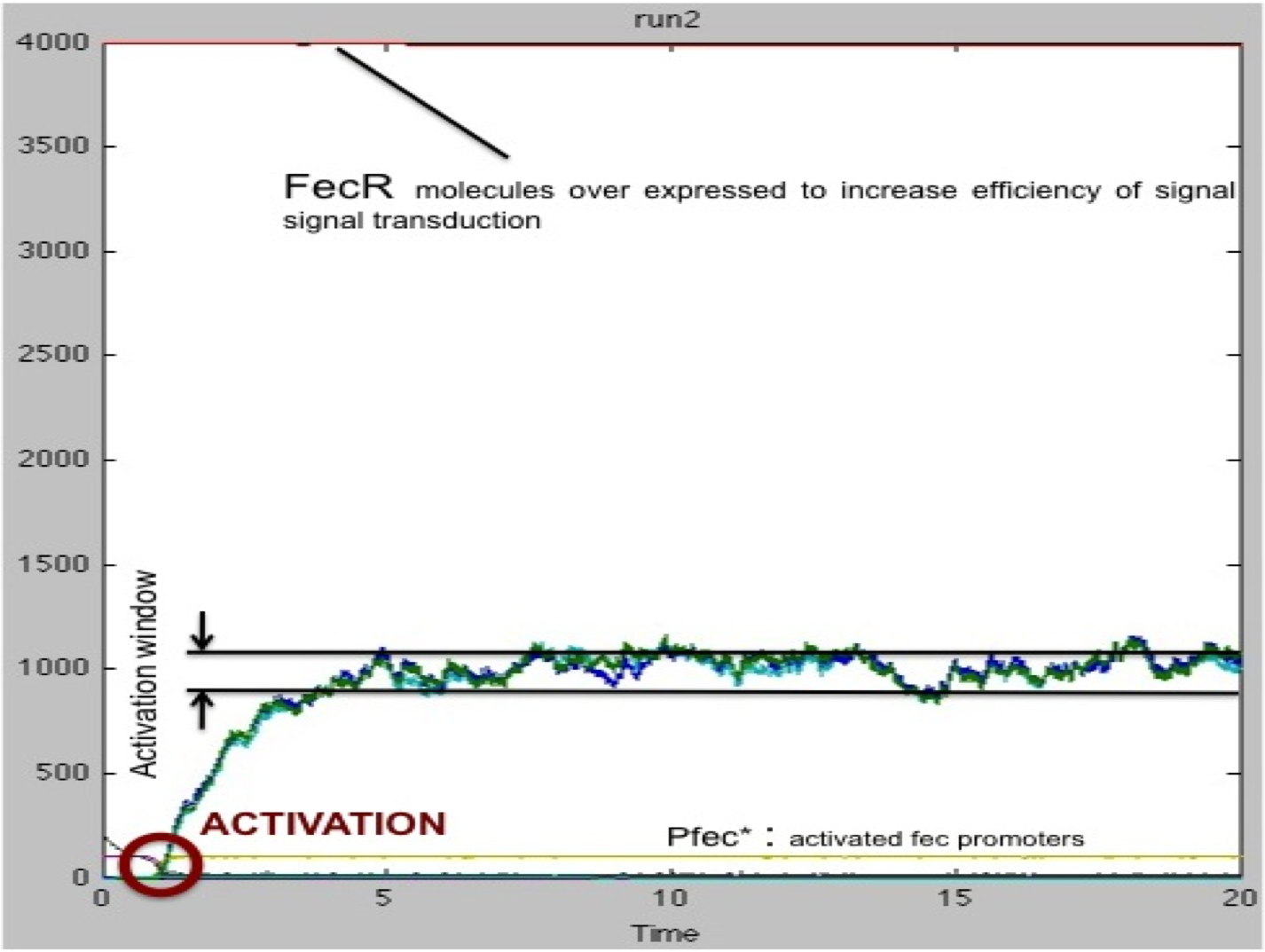Team:Paris/DryLab
From 2009.igem.org
(→Results) |
Gregory Batt (Talk | contribs) (→Results) |
||
| (48 intermediate revisions not shown) | |||
| Line 2: | Line 2: | ||
{{Template:Paris2009}} | {{Template:Paris2009}} | ||
{{Template:Paris2009_menu}} | {{Template:Paris2009_menu}} | ||
| - | == DryLab == | + | |
| - | + | ||
| - | + | == DryLab - Main== | |
<html> | <html> | ||
| - | < | + | <style type="text/css"> |
| - | + | #left-side { | |
| - | + | position: absolute; | |
| - | + | height: 23px; | |
| - | + | width: 30px; | |
| + | top: 0px; | ||
| + | left: 120px; | ||
| + | margin-top:10px; | ||
| + | padding-top: 7px; | ||
| + | background: url(https://static.igem.org/mediawiki/2009/1/1b/Left_menu_pari.png); | ||
| + | z-index:4; | ||
| + | } | ||
| - | + | #middle-side { | |
| + | height: 25px; | ||
| + | width: 400px; | ||
| + | position: absolute; | ||
| + | top: 0px; | ||
| + | left: 130px; | ||
| + | margin-top:10px; | ||
| + | padding-top: 5px; | ||
| + | background: #dadada; | ||
| + | z-index:5; | ||
| + | } | ||
| + | #right-side { | ||
| + | position: absolute; | ||
| + | height: 23px; | ||
| + | width: 30px; | ||
| + | margin-top:10px; | ||
| + | padding-top: 7px; | ||
| + | top: 0px; | ||
| + | left: 520px; | ||
| + | background: url(https://static.igem.org/mediawiki/2009/4/40/Right_menu_paris.png); | ||
| + | z-index:4; | ||
| + | } | ||
| - | + | a.menu_sub { | |
| + | padding-left: 7px; | ||
| + | padding-right: 7px; | ||
| + | } | ||
| + | a.menu_sub_active { | ||
| + | padding-left: 7px; | ||
| + | padding-right: 7px; | ||
| + | color:#b0310e; | ||
| + | font-weight:bold; | ||
| + | } | ||
| + | </style> | ||
| + | <div id="left-side"></div> | ||
| + | <div id="middle-side"><center> | ||
| + | <a class="menu_sub_active"href="https://2009.igem.org/Team:Paris/DryLab#bottom"> Main </a>| | ||
| + | <a class="menu_sub"href="https://2009.igem.org/Team:Paris/Production_modeling#bottom"> Delay model</a>| | ||
| + | <a class="menu_sub"href="https://2009.igem.org/Team:Paris/Production_modeling2#bottom"> Vesicle model</a>| | ||
| + | <a class="menu_sub"href="https://2009.igem.org/Team:Paris/Transduction_modeling#bottom"> Fec simulation</a> | ||
| + | </center> | ||
| + | </div> | ||
| + | <div id="right-side"></div> | ||
| + | </html> | ||
| - | + | ===Questions=== | |
| - | + | Our ''Message in a Bubble'' project aims at developing a communication system between bacteria. Among the various problems raised during the design phase, we investigated 3 of them with modeling and simulation: | |
| + | *'''What is the link between Tol/Pal expression and vesicle formation?''' Or, more precisely, '''can we explain vesicule formation solely by the diffusion of the doubly anchored Tol/Pal complex in the membrane ?''' Understanding this connection is instrumental, since our project relies on the hypothesis that an increased in vesicle formation can be obtained simply by destabilization of the Tol/Pal complexes. | ||
| - | |||
| + | *'''How to improve the quality of the signal sent?''' Or more precisely, '''how can we get a good synchronization between the maximal production rate of vesicles and the maximal concentration of proteins to encapsulate ?''' | ||
| - | *'''How | + | |
| + | *'''How to optimize the quality of the reception?''' Or more precisely, '''how can we get a robust response despite a potentially very low number of signals (ie, vesicles) received ?''' Two characteristics of the response have been investigated: response amplitude and response time. | ||
===Results=== | ===Results=== | ||
| + | *'''Understanding the link between Tol/Pal expression and vesicule formation''' | ||
| - | + | Overall, we showed that the '''formation of vesicles can be simply explained by the diffusion of Tol/Pal protein complexes'''. | |
| + | This very surprising result comes from 3 specific phenomena: | ||
| + | :* The initial formation of small ''blebs'' can be explained by ''differences of osmotic pressures'' between intra- and extra-cellular environments, together with a non-perfectly uniform distribution of Tol/Pal complexes acting like ''press studs''. (<u>[[Team:Paris/Production modeling2#top|Details]]</u> and figure 1) | ||
| + | :* At the basis of nascent blebs, where the outer membrane is ''non-flat'', the simple diffusion (ie Brownian motion) of ''doubly-anchored'' Tol/Pal molecules leads to their accumulation. (<u>[[Team:Paris/Production modeling2#top|Details]]</u> and figure 2) | ||
| + | :* Rings of accumulated Tol/Pal at the basis of nascent blebs tend to ''constrict'': '''vesiculation happens'''. This again simply results from plain Brownian motion on non-flat surfaces. (<u>[[Team:Paris/Production modeling2#top|Details]]</u>) | ||
| - | [[Image: | + | [[Image:Vesicle_wiki.jpg|200px|center]] |
| + | <center> | ||
| + | Figure1: Initial formation of small ''blebs'' resulting from intra- and extra-cellular osmotic pressures differences combined with non-perfectly uniform distribution of Tol/Pal complexes acting like ''press studs'' between the internal membrane and the outer membrane. | ||
| + | </center> | ||
| + | [[Image:Accumulation3.png|600px|center]] | ||
<center> | <center> | ||
| - | + | Figure2: the simple diffusion of proteins on a non-flat surface leads to their accumulation at region of negative curvature (as it is the case at the basis of blebs). | |
</center> | </center> | ||
| + | *'''Improving the quality of the signal sent''' | ||
| - | + | In order to obtain a good synchronization between the maximal production rate of vesicles and the maximal concentration of proteins to encapsulate, we have to introduce a '''delay''' between the initiation of the synthesis of the proteins to encapsulate and the initiation of the synthesis of the truncated Tol protein that causes vesicle formation. | |
| + | We showed that this delay can be conveniently implemented by using a '''transcriptional cascade'''. More details <u>[[Team:Paris/Production_modeling#bottom|here]]</u> | ||
| - | + | [[Image:Delay System.jpg|400px|center]] | |
| - | + | ||
| - | [[Image: | + | |
| - | + | ||
<center> | <center> | ||
| - | + | Figure 4: Plot showing that vesiculation happens only when the protein to encapsulate has reached its maximal concentration. | |
</center> | </center> | ||
| + | *'''Optimizing the quality of message reception''' | ||
| + | Using stochastic simulations we identified two possible problems causing a non-robust response when the messenger concentration is low: | ||
| + | * the activation does not always occur | ||
| + | * even when it occurs, the activation time can vary significantly. | ||
| - | + | After trying various solutions, we found that an '''overexpression of the FecR protein''' solves both problems: | |
| - | + | simulations showed a good and robust activation in this case. More details <u>[[Team:Paris/Transduction_modeling#bottom|here]]</u> | |
| - | + | ||
| - | + | ||
| - | + | ||
| - | + | ||
| - | + | ||
| - | + | ||
| - | + | ||
| - | + | ||
| + | [[Image:Stochstic inactivation.jpg|395px|left]] | ||
| + | [[Image:Main01.png|395px|right]] | ||
| + | <center> | ||
| + | Figure 5: Plot showing that a more robust response is obtained when FecR is overexpressed in receptor cells. | ||
| + | </center> | ||
| - | + | {{Template:Paris2009_guided|Project#top|Production_modeling#bottom}} | |
Latest revision as of 03:55, 22 October 2009
iGEM > Paris > Home > DryLab > Main
DryLab - Main
Questions
Our Message in a Bubble project aims at developing a communication system between bacteria. Among the various problems raised during the design phase, we investigated 3 of them with modeling and simulation:
- What is the link between Tol/Pal expression and vesicle formation? Or, more precisely, can we explain vesicule formation solely by the diffusion of the doubly anchored Tol/Pal complex in the membrane ? Understanding this connection is instrumental, since our project relies on the hypothesis that an increased in vesicle formation can be obtained simply by destabilization of the Tol/Pal complexes.
- How to improve the quality of the signal sent? Or more precisely, how can we get a good synchronization between the maximal production rate of vesicles and the maximal concentration of proteins to encapsulate ?
- How to optimize the quality of the reception? Or more precisely, how can we get a robust response despite a potentially very low number of signals (ie, vesicles) received ? Two characteristics of the response have been investigated: response amplitude and response time.
Results
- Understanding the link between Tol/Pal expression and vesicule formation
Overall, we showed that the formation of vesicles can be simply explained by the diffusion of Tol/Pal protein complexes. This very surprising result comes from 3 specific phenomena:
- The initial formation of small blebs can be explained by differences of osmotic pressures between intra- and extra-cellular environments, together with a non-perfectly uniform distribution of Tol/Pal complexes acting like press studs. (Details and figure 1)
- At the basis of nascent blebs, where the outer membrane is non-flat, the simple diffusion (ie Brownian motion) of doubly-anchored Tol/Pal molecules leads to their accumulation. (Details and figure 2)
- Rings of accumulated Tol/Pal at the basis of nascent blebs tend to constrict: vesiculation happens. This again simply results from plain Brownian motion on non-flat surfaces. (Details)
Figure1: Initial formation of small blebs resulting from intra- and extra-cellular osmotic pressures differences combined with non-perfectly uniform distribution of Tol/Pal complexes acting like press studs between the internal membrane and the outer membrane.
Figure2: the simple diffusion of proteins on a non-flat surface leads to their accumulation at region of negative curvature (as it is the case at the basis of blebs).
- Improving the quality of the signal sent
In order to obtain a good synchronization between the maximal production rate of vesicles and the maximal concentration of proteins to encapsulate, we have to introduce a delay between the initiation of the synthesis of the proteins to encapsulate and the initiation of the synthesis of the truncated Tol protein that causes vesicle formation. We showed that this delay can be conveniently implemented by using a transcriptional cascade. More details here
Figure 4: Plot showing that vesiculation happens only when the protein to encapsulate has reached its maximal concentration.
- Optimizing the quality of message reception
Using stochastic simulations we identified two possible problems causing a non-robust response when the messenger concentration is low:
- the activation does not always occur
- even when it occurs, the activation time can vary significantly.
After trying various solutions, we found that an overexpression of the FecR protein solves both problems: simulations showed a good and robust activation in this case. More details here
Figure 5: Plot showing that a more robust response is obtained when FecR is overexpressed in receptor cells.
 "
"




